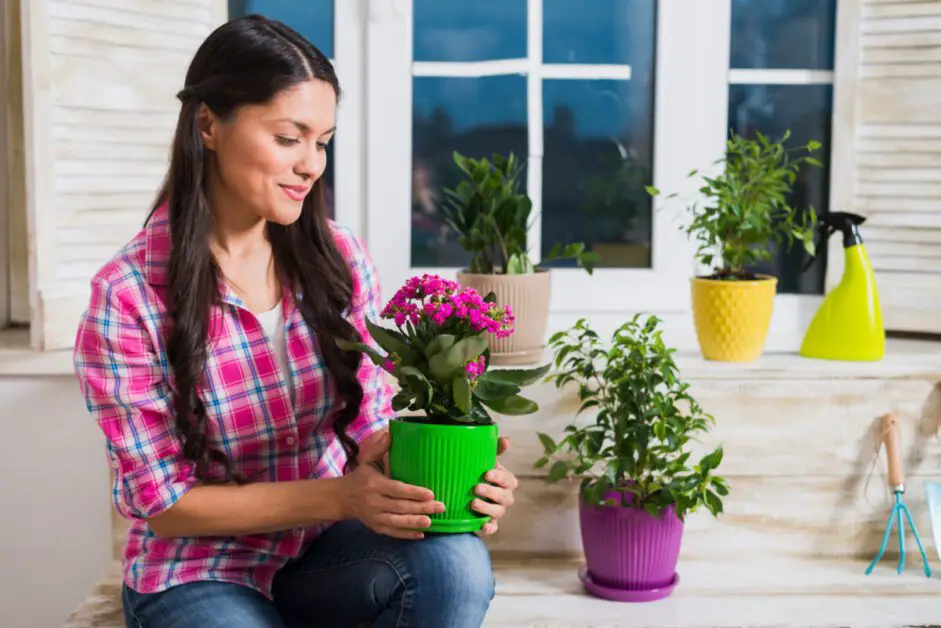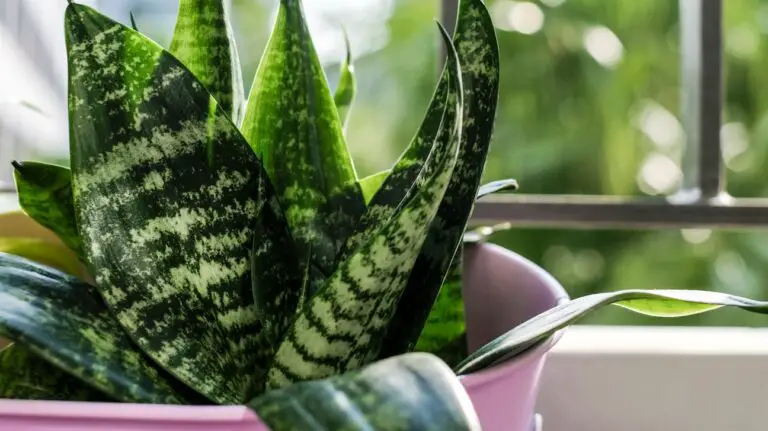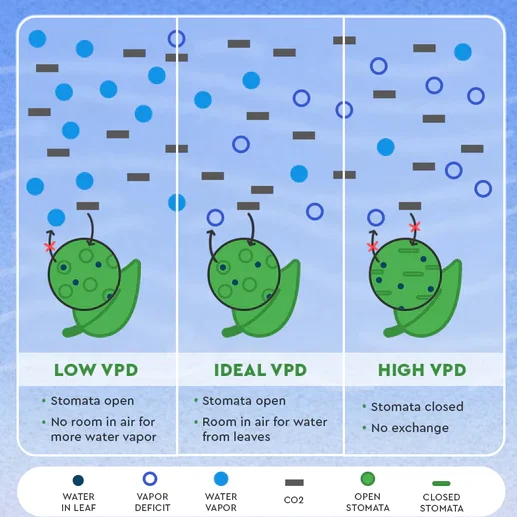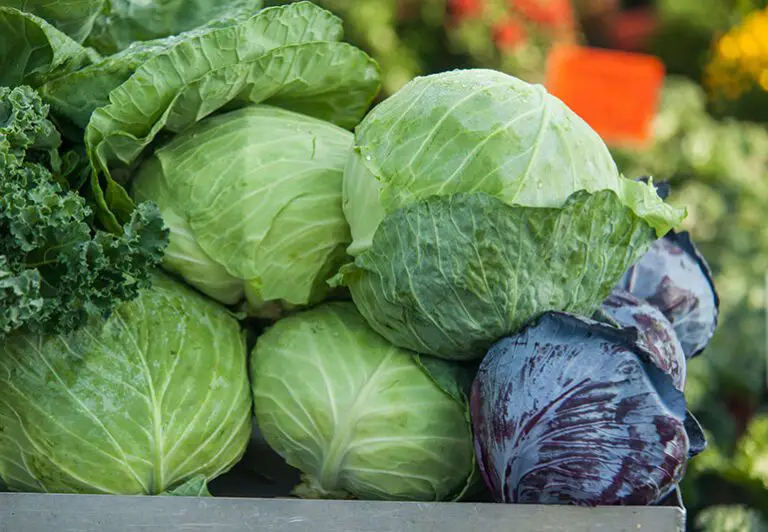Garden Companion Planting Guide: A Guide to Choosing and Planting the best Companion Plants for Your Garden
Understanding the Benefits of Companion Planting
Companion planting is a gardening technique that involves growing different plants together to maximize the benefits each plant provides. This method has been used for centuries to enhance crop productivity, ward off pests, and improve soil health. By strategically pairing compatible plants, gardeners can create a harmonious ecosystem that promotes growth and minimizes the need for chemical interventions.
One of the primary benefits of companion planting is pest control. Certain plants emit natural compounds that repel or deter pests, reducing the risk of infestations and the need for chemical pesticides. For example, marigolds release a strong scent that acts as a natural insect repellent, making them an ideal companion for vegetable crops. Additionally, some plants attract beneficial insects like ladybugs and bees, which play a vital role in pollination and pest control. By incorporating flowers such as lavender or borage into your garden, you can attract these helpful allies and create a balanced ecosystem.
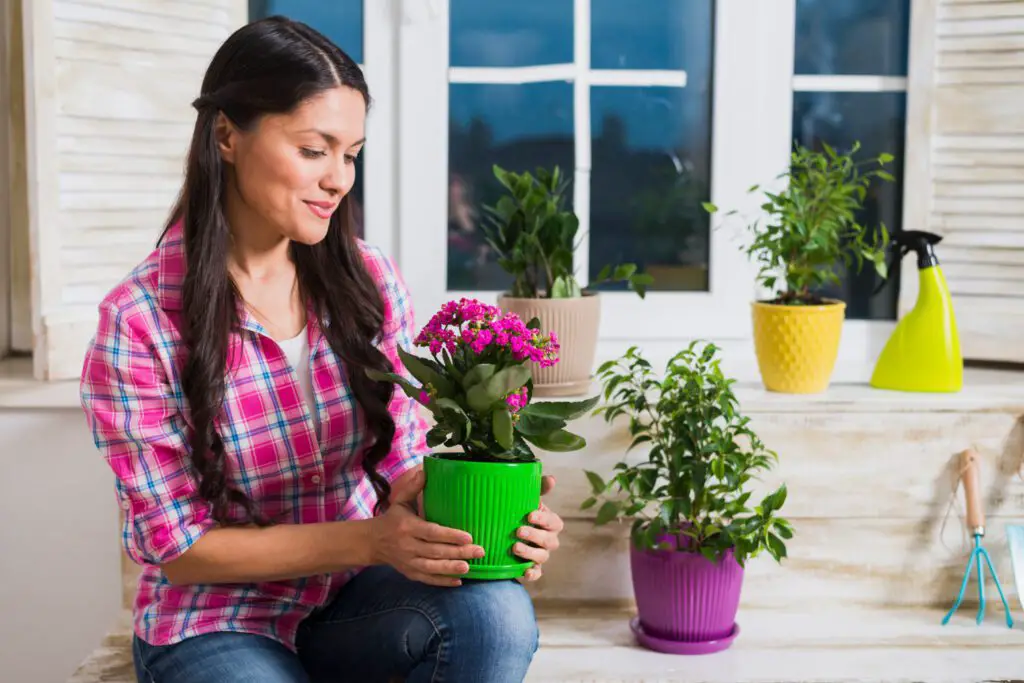
Selecting the Right Companion Plants for Your Garden
When selecting companion plants for your garden, it is essential to consider several factors to ensure a successful and harmonious growing environment. Firstly, take into account the specific needs of each plant, including sunlight requirements, soil conditions, and water preferences. Some plants thrive under full sun, while others prefer partial shade. Certain plants may require well-draining soil, while others do well in damp conditions. By understanding the individual requirements of each plant, you can identify suitable companions that complement these needs.
Secondly, it is important to consider the growth habits and characteristics of the plants you intend to grow. By selecting companion plants with compatible growth habits, you can optimize space utilization and promote a balanced ecosystem in your garden. For instance, tall plants can provide shade or support for vine plants, while shallow-rooted plants can be interplanted with deeper-rooted ones to maximize the use of available soil nutrients. Furthermore, be mindful of plants that may compete for resources or exhibit allelopathic effects, which can inhibit the growth of nearby plants. By selecting companion plants that work together harmoniously, you can create a thriving and productive garden.
Creating a Balanced Ecosystem in Your Garden
Maintaining a balanced ecosystem in your garden is crucial for the overall health and productivity of your plants. By creating a diverse environment that supports a variety of beneficial organisms, you can naturally control pests, improve soil fertility, and enhance the resilience of your garden.
One way to promote a balanced ecosystem is by incorporating native plants into your garden. Native plants have evolved alongside local wildlife and often provide food and shelter for beneficial insects, birds, and other organisms. By including a range of plants that bloom at different times throughout the year, you can attract a diverse array of pollinators and create a thriving habitat for beneficial insects.
In addition to native plants, companion planting is another effective strategy for creating a balanced ecosystem. By interplanting compatible species, you can maximize the use of space, deter pests, and improve the overall health of your garden. For example, planting aromatic herbs like basil or marigold alongside your vegetables can help repel pests such as aphids and nematodes. Similarly, certain plant combinations can enhance nutrient uptake and provide natural shade or support for climbing plants. When selecting companion plants, consider the specific needs and preferences of each species to ensure they can coexist harmoniously in your garden.
By following these practices, you can create a garden that operates as a self-sustaining ecosystem, where beneficial organisms work in harmony to support the health and productivity of your plants. In turn, you will spend less time and effort dealing with pests and diseases, and your garden will flourish with vibrant and healthy plants. In the next section, we will explore the importance of crop rotation in companion planting and how it further contributes to the balance of your garden ecosystem.
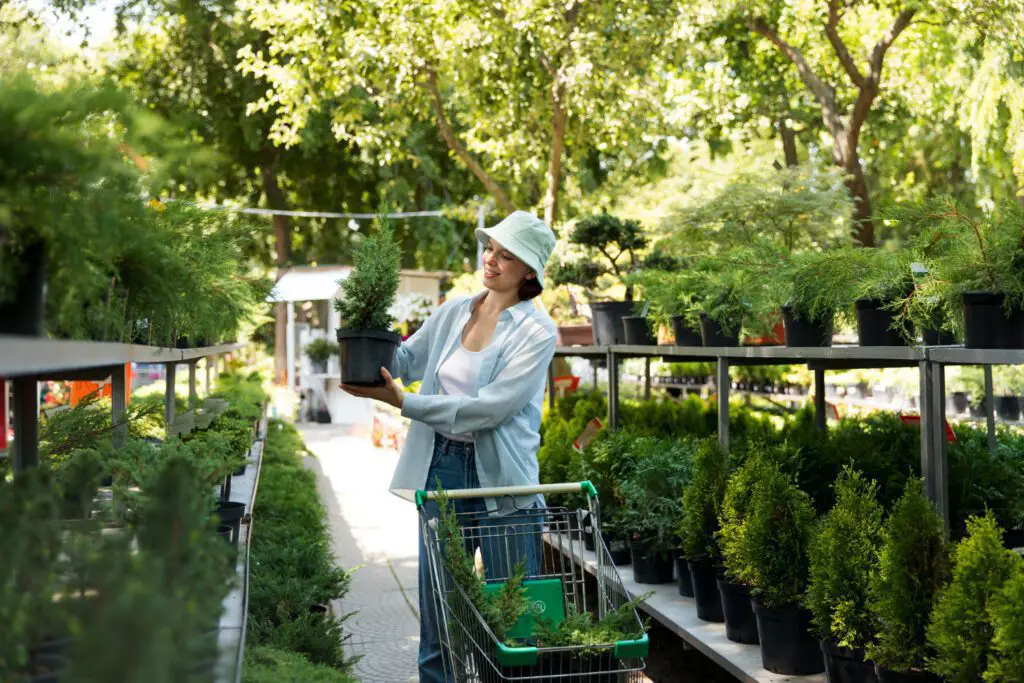
The Importance of Crop Rotation in Companion Planting
Crop rotation is an essential practice in companion planting that offers numerous benefits for a thriving garden. By systematically changing the location of crops each season, gardeners can prevent the buildup of pest populations, diseases, and nutrient deficiencies in the soil. Crop rotation involves rotating crops from different plant families, ensuring that the same plants are not grown in the same area year after year. This practice disrupts the life cycles of pests and diseases, making it more challenging for them to establish and spread.
One of the main advantages of crop rotation is its ability to control pests naturally. Disease-causing organisms often have specific host plants. By rotating crops, gardeners can prevent these organisms from thriving, as the pests’ preferred host plants are not constantly available. Additionally, some crops release natural compounds that act as repellents or suppressants to pests and diseases. For instance, marigolds release chemicals that deter nematodes, pests that can damage the roots of many plants. By including marigolds in a rotation system, gardeners can effectively control nematode populations without the use of synthetic chemicals. Overall, crop rotation in companion planting plays a pivotal role in ensuring the long-term health and productivity of a garden.
• Crop rotation prevents the buildup of pest populations, diseases, and nutrient deficiencies in the soil.
• It disrupts the life cycles of pests and diseases, making it more challenging for them to establish and spread.
• Rotating crops from different plant families prevents disease-causing organisms from thriving.
• Some crops release natural compounds that act as repellents or suppressants to pests and diseases.
• Marigolds release chemicals that deter nematodes, effectively controlling their populations without synthetic chemicals.
Enhancing Soil Fertility with Companion Planting
Companion planting is not only beneficial for pest management, but it can also enhance soil fertility in your garden. By strategically pairing certain plants together, you can create a balanced ecosystem where each plant contributes to the overall health of the soil.
One way companion planting enhances soil fertility is through a process called nitrogen fixation. Certain plants, known as legumes, have the ability to convert nitrogen in the air into a form that can be easily utilized by other plants. Examples of legumes include beans, peas, and clover. When these plants are grown alongside nitrogen-hungry crops like corn or leafy greens, they can provide a natural source of nitrogen, reducing the need for synthetic fertilizers. This not only saves money but also reduces environmental pollution associated with chemical fertilizers.
Furthermore, companion plants can help in nutrient recycling. Some plants have deep root systems that can access nutrients deep within the soil, while others have shallow root systems that extract nutrients near the surface. By interplanting these plants, you can ensure that the nutrients are efficiently utilized and recycled within the garden ecosystem. For example, planting shallow-rooted lettuce with deep-rooted tomatoes encourages nutrient absorption at different levels, preventing nutrient depletion and reducing the need for additional fertilizers.
In conclusion, companion planting can play a significant role in enhancing soil fertility in your garden. By utilizing the nitrogen-fixing capabilities of legumes and promoting nutrient recycling through strategic plant pairings, you can cultivate a thriving garden ecosystem that is both environmentally sustainable and economically beneficial.
Companion Planting Strategies to Minimize Pest Infestations
Companion planting is a strategic gardening technique that involves planting certain crops together to minimize the risk of pest infestations. By incorporating specific companion plants into your garden, you can naturally deter pests and reduce the need for harmful chemical pesticides. One effective strategy is to use aromatic herbs and flowers, such as basil, marigold, and lavender, which release scents that repel certain pests. For example, planting basil near tomatoes can help protect against aphids, whiteflies, and tomato hornworms, while marigolds can deter cabbage worms, nematodes, and bean beetles.
Another strategy for minimizing pest infestations is to attract beneficial insects that act as natural predators to pests. Planting flowers such as dill, yarrow, and sunflowers can attract pollinators like bees and butterflies, as well as predatory insects like ladybugs, lacewings, and hoverflies. These helpful bugs feed on harmful pests, keeping their populations in check. Additionally, intercropping certain plants can confuse and repel pests. For instance, planting onions or garlic near carrots helps repel carrot flies, while intercropping beans and potatoes can deter Colorado potato beetles. By utilizing these companion planting strategies, you can reduce the damage caused by pests and maintain a healthier, more balanced garden ecosystem.
Maximizing Space Efficiency with Companion Planting
Companion planting is not only beneficial for improving plant health and reducing pests, but it can also help maximize space efficiency in your garden. By carefully selecting compatible plant combinations, you can make the most of every square inch and create a thriving and productive garden.
One space-saving technique in companion planting is known as vertical gardening. By growing plants that can climb or trail vertically, such as cucumbers, tomatoes, or beans, you can utilize the vertical space in your garden effectively. Vertical gardening not only saves ground space but also improves air circulation and sunlight exposure for all plants involved.
Another strategy for maximizing space efficiency is intercropping, which involves planting different types of plants together in close proximity. For example, planting low-growing lettuce or spinach between taller plants like corn or broccoli allows you to grow multiple crops in the same area without crowding. This method not only saves space but also creates a symbiotic relationship between plants, where they can provide shade, support, or nutrient exchange for each other.
In conclusion, maximizing space efficiency with companion planting can help you grow a diverse range of plants in a limited area. By implementing techniques like vertical gardening and intercropping, you can make the most of your garden space while cultivating a thriving and harmonious ecosystem. So, why not explore these strategies and see how you can transform your garden into a productive and space-efficient oasis?
| Plant | Companion Plant | Incompatible Plant |
|---|---|---|
| Tomatoes | Basil, carrots, celery, chives, cucumber, garlic, lettuce, marigold, onion, parsley, pepper | Brassicas (broccoli, cauliflower, cabbage, etc.), corn, fennel, kohlrabi, potato |
| Peppers | Basil, carrots, cucumber, eggplant, onion, parsley, tomato | Fennel |
| Cucumbers | Beans, cabbage, corn, lettuce, peas, radish, sunflower | Aromatic herbs, potatoes |
| Lettuce | Beet, broccoli, carrot, cucumber, onion, radish, strawberry | None |
| Beans | Carrots, cauliflower, cucumber, eggplant, peas, radish | Garlic, onion |
| Carrots | Bean, lettuce, onion, pea, pepper, radish, tomato | Dill |
| Onions | Beet, cabbage, carrot, lettuce, pepper, strawberry, tomato | Peas, beans |
| Radish | Bean, carrot, cucumber, lettuce, melon, pea | None |
| Corn | Bean, cucumber, melon, pea, pumpkin, squash | Tomato |
| Broccoli | Beet, celery, chamomile, dill, lettuce, marigold, mint, onion, potato, rosemary, sage, thyme | None |
Companion Plants for Common Vegetable Crops
Companion planting is a technique that involves growing different plants together to create a mutually beneficial environment. By carefully selecting companion plants for your common vegetable crops, you can optimize the health and productivity of your garden.
One popular example of companion planting for vegetable crops is the combination of tomatoes and basil. Tomatoes release chemicals that repel pests, such as aphids and tomato hornworms. Basil, on the other hand, attracts beneficial insects like bees and predatory wasps that help control garden pests. Additionally, the aromatic oils released by the basil plant can enhance the flavor of nearby tomatoes. This dynamic duo not only improves pest management but also promotes healthier growth and tastier harvests.
Another effective combination is the pairing of lettuce and radishes. Lettuce has shallow roots that occupy the upper layers of soil, while radishes develop deeper taproots. Planting these two together allows them to efficiently use the available space and resources in your garden. The radishes help loosen the soil and break up compacted areas, creating better conditions for the lettuce to grow. This intercropping technique can maximize your garden space and increase overall yields.
Companion planting offers a multitude of benefits for your common vegetable crops. From pest control to improved soil health, strategic plant combinations can create a harmonious garden ecosystem. By understanding the science behind companion planting and selecting the right companions for your vegetable crops, you can unlock the full potential of your garden and enjoy bountiful harvests.
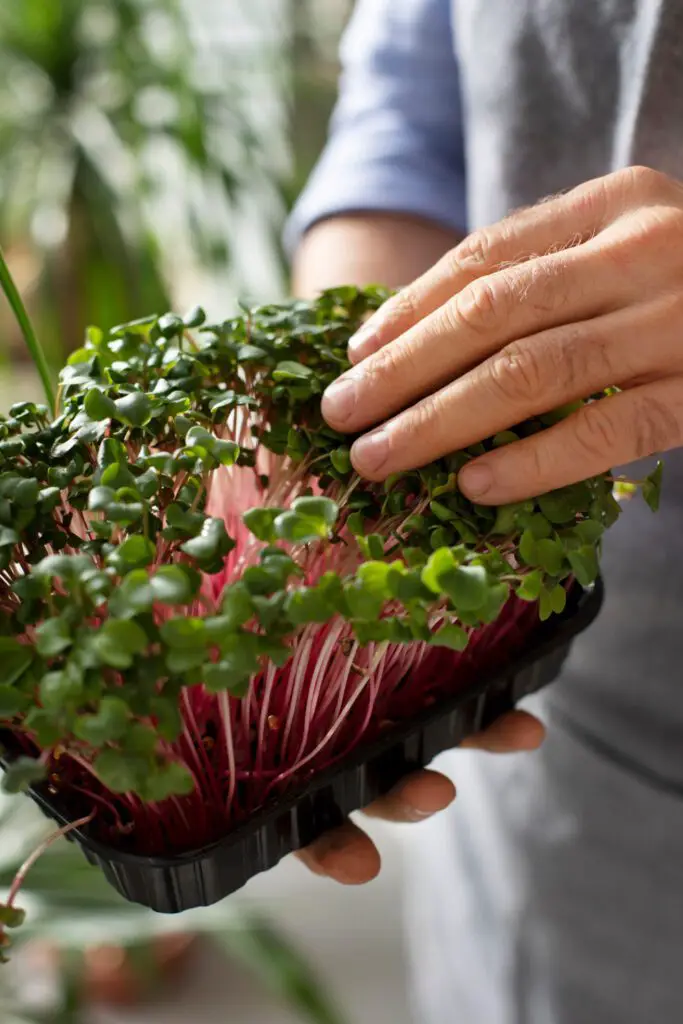
Herbs and Flowers as Companion Plants in Your Garden
As a gardening enthusiast, you may already know that herbs and flowers can be invaluable companions in your garden. Not only do they provide beauty and fragrance, but they can also play a crucial role in enhancing the overall health and productivity of your plants.
Using herbs as companion plants can offer numerous benefits. Many herb varieties, such as basil, rosemary, and lavender, are known for their aromatic properties, which can help deter certain pests from attacking your crops. For instance, planting basil alongside tomatoes can repel aphids and tomato hornworms, while rosemary can discourage cabbage moths and carrot flies.
Moreover, certain herbs can attract beneficial insects that help control harmful pests. For example, planting dill or fennel attracts hoverflies and ladybugs, which prey on aphids. This natural pest control method not only reduces the need for chemical pesticides but also creates a balanced ecosystem in your garden.
In addition to herbs, incorporating flowers as companion plants can offer multiple advantages. Flowers like marigolds, nasturtiums, and calendula are not only visually appealing but also serve as natural pest repellents. Marigolds, for instance, emit chemicals that repel nematodes, aphids, and whiteflies, while nasturtiums deter cabbage worms and squash bugs.
Furthermore, certain flowers like sunflowers and cosmos attract pollinators such as bees and butterflies, which play a vital role in fertilizing plants and promoting fruit and seed production. By attracting these valuable pollinators, you can increase the productivity of your garden and enjoy healthier harvests.
Incorporating both herbs and flowers as companion plants in your garden can also contribute to soil fertility. Many herbs, including comfrey, nettles, and chamomile, have deep-rooted systems that can mine minerals from the soil and bring them up to the surface. When these herbs are cut down and left to decompose, they act as nutrient-rich green manure, enriching the soil and benefiting neighboring plants.
By exploring the vast array of herbs and flowers suitable for companion planting, you can unleash the full potential of your garden. Not only will you create a visually captivating space, but you will also foster a flourishing ecosystem where plants thrive, pests stay at bay, and soil fertility naturally improves. So why not embrace the power of herbs and flowers as companions in your garden and experience the incredible benefits they have to offer?
| Plant | Companion Plant | Benefit |
|---|---|---|
| Marigolds | Vegetable gardens, ornamental gardens | Repel whiteflies, ward off nematodes, trap slugs |
| Chives | Carrots | Repel carrot fly, deter whitefly and aphids |
| Sweet Alyssum | Bare earth, crop rows | Natural, organic weed control, attract bees |
| Nasturtiums | Squashes, pumpkins, cucumbers | Deter squash bugs, beetles, aphids |
| Dill | Squashes, cabbages | Attract beneficial insects, repel pests |
| Sage | Cabbage family, carrots, tomatoes | Deter cabbage moth, whitefly, carrot fly |
| Catnip | Insects, rodents | Repel mosquitoes, flies, cockroaches, termites |
| Basil | Tomatoes, peppers | Repel aphids, spider mites, mosquitoes |
| Garlic | Roses, raspberries, fruit trees | Repel aphids, Japanese beetles, spider mites |
| Lavender | Herbs, vegetables | Attract pollinators, repel fleas, moths, mosquitoes |
| Mint | Cabbage family, tomatoes | Repel ants, flea beetles, aphids |
| Rosemary | Beans, carrots, cabbage, sage | Deter bean beetles, carrot fly, cabbage moth |
Companion Plants for Fruit Trees and Berry Bushes
Fruit trees and berry bushes are a delightful addition to any garden, providing a bountiful harvest of delicious and nutritious treats. However, to maximize the productivity and health of these plants, it is important to consider companion planting. By carefully selecting the right companion plants, you can create a harmonious ecosystem that promotes growth, offers natural pest control, and enhances soil fertility.
One of the key benefits of companion planting for fruit trees and berry bushes is the control of pests. Many pests have specific preferences for certain plants, and by interplanting with companions, you can confuse and deter these pests. For example, planting aromatic herbs such as basil or lavender around fruit trees can help repel aphids, while marigolds can keep nematodes at bay. Additionally, some companion plants attract beneficial insects like ladybugs and lacewings, which are natural predators of common fruit tree pests. This approach not only reduces the need for chemical pesticides but also creates a balanced and healthy ecosystem in your garden.
Planning and Layout Tips for a Successful Companion Planting Garden
Planning and layout are crucial elements in creating a successful companion planting garden. By strategically arranging your plants, you can maximize their benefits while minimizing the risk of competition or conflict. Here are some tips to help you plan and design your garden for optimal companion planting success.
Firstly, it’s essential to consider the growth habits and requirements of your plants. Some plants may need more space or sunlight than others, so plan accordingly. Group together plants with similar needs to ensure they receive the appropriate conditions for growth. Additionally, keep in mind the mature size of each plant to avoid overcrowding and ensure they have sufficient room to thrive.
Another important factor to consider is the compatibility of plants. While companion planting can offer numerous benefits, not all plants get along well together. Some plants may compete for resources or inhibit each other’s growth. On the other hand, certain plants have a symbiotic relationship, where they provide mutual benefits and support. Familiarize yourself with the principles of companion planting and identify plant combinations that work harmoniously, such as marigolds with tomatoes or basil with peppers.
Careful planning and layout consideration will help you create a harmonious and productive companion planting garden. Stay tuned for more tips and information on how companion planting can enhance your gardening experience.
Seasonal Considerations for Companion Planting
As the seasons change, it is important to consider the specific needs of your companion plants for successful gardening. Each season brings its unique challenges and opportunities, and understanding how to adapt your companion planting strategies is crucial for a thriving garden.
During the spring and summer months, when the temperatures start to rise, it is important to pay attention to the water requirements of your companion plants. Some plants, like tomatoes and peppers, thrive in warm and dry conditions, while others, such as lettuce and spinach, prefer cooler and moist environments. By grouping together plants with similar water needs, you can ensure that all your companion plants receive the proper amount of hydration.
Moving into the fall and winter seasons, it becomes necessary to consider the frost tolerance of your companion plants. Some plants, including kale and cabbage, can withstand colder temperatures and even improve in flavor after a frost. On the other hand, more delicate plants like basil and tomatoes should be harvested or protected from frost damage. Planning your garden layout with these considerations in mind will help you make the most of the changing seasons and extend your growing season.
As you navigate the seasonal changes, keep in mind that companion planting is not only about the plants themselves but also about the interactions between them. Some plants can provide shade or support for others, while certain combinations can help deter pests and attract pollinators. By carefully selecting your companion plants and understanding their seasonal needs, you can create a harmonious and productive garden that thrives throughout the year. So, whether it’s spring, summer, fall, or winter, don’t forget to consider the specific seasonal considerations for companion planting to optimize your gardening experience.
Maintaining and Caring for Your Companion Planting Garden
After putting in the effort to plan and create your companion planting garden, it’s important to maintain it properly to ensure its success. Regular maintenance and care will help you reap the full benefits of this gardening technique.
One important aspect of maintaining a companion planting garden is watering. Different plants have varying water requirements, so it’s crucial to provide adequate hydration to each plant. Be sure to water at the base of the plants to minimize evaporation and reduce the risk of fungal diseases. Monitoring the moisture content of the soil and adjusting your watering schedule accordingly will help keep your plants healthy and thriving.
Additionally, regular weeding is essential in a companion planting garden. Weeds can compete with your plants for nutrients, water, and sunlight, compromising their growth and vigor. Take the time to remove weeds manually or use appropriate organic weed control methods to keep them in check. Mulching around your plants can also suppress weed growth while conserving soil moisture, making your gardening tasks more manageable.
What are the benefits of companion planting?
Companion planting offers several benefits, such as natural pest control, improved pollination, enhanced soil fertility, and space efficiency.
How do I select the right companion plants for my garden?
When selecting companion plants, consider their compatibility with each other, their ability to repel pests, and their contribution to soil health. Researching plant combinations and consulting gardening resources can help you make informed choices.
How can I create a balanced ecosystem in my garden through companion planting?
To create a balanced ecosystem, choose plants that attract beneficial insects like ladybugs and lacewings, which feed on harmful pests. Additionally, include plants that provide shelter and food sources for beneficial insects and birds.
Why is crop rotation important in companion planting?
Crop rotation helps prevent the buildup of pests and diseases in the soil by alternating plant families in different areas of the garden. This practice improves soil health and reduces the risk of plant-specific issues.
How can companion planting enhance soil fertility?
Companion planting can enhance soil fertility through the use of nitrogen-fixing plants like legumes, which add nitrogen to the soil. Additionally, certain plants have deep root systems that help improve soil structure and nutrient availability.
What strategies can I use to minimize pest infestations with companion planting?
Companion planting can help minimize pest infestations by utilizing plants that repel pests or attract beneficial insects. For example, planting marigolds alongside vegetables can deter nematodes, while attracting pollinators.
How can I maximize space efficiency with companion planting?
Companion planting allows you to maximize space by interplanting compatible plants that have different growth habits or maturity rates. For instance, you can grow fast-growing lettuce under the shade of taller tomato plants.
What are some companion plants for common vegetable crops?
Some popular companion plants for common vegetable crops include planting basil with tomatoes to enhance their flavor and repel pests, or growing onions and carrots together to deter pests such as carrot flies.
Can I use herbs and flowers as companion plants in my garden?
Yes, herbs and flowers can be excellent companion plants. For example, planting mint near cabbage can repel cabbage moths, while planting marigolds near beans can deter bean beetles.
Are there companion plants for fruit trees and berry bushes?
Yes, some companion plants for fruit trees and berry bushes include planting chives near apple trees to repel pests, or growing strawberries with thyme to deter pests like slugs.
How should I plan and layout my companion planting garden for success?
When planning your garden, consider factors such as plant compatibility, sun exposure, and the space requirements of each plant. Designing a layout that allows for easy access and adequate spacing will contribute to a successful companion planting garden.
What seasonal considerations should I keep in mind for companion planting?
Seasonal considerations include selecting plant combinations suitable for the climate and understanding the planting and harvesting times of different crops. Additionally, planting cover crops during fall and winter can help protect and enrich the soil.
How do I maintain and care for my companion planting garden?
To maintain your companion planting garden, regularly monitor for pests and diseases, provide proper watering and nutrient supplementation as needed, and practice timely harvesting. Additionally, keep up with crop rotation and weed control to ensure the health and productivity of your garden.

Ankit Garg is a seasoned writer at South El Monte Hydroponics, blending his passion for agriculture with a penchant for storytelling. With a degree in Agricultural Sciences from a prestigious institution, Ankit’s expertise lies in hydroponics, sustainable farming, and innovative cultivation techniques. His keen interest in exploring the intersection of technology and agriculture has led him to delve deep into the realm of hydroponic farming, where he thrives in uncovering the latest advancements and sharing insights through his engaging prose. Ankit’s dedication to promoting eco-friendly and efficient farming practices through his writing has earned him recognition within the agricultural community and beyond.

